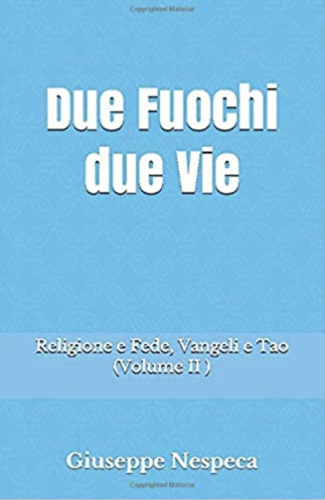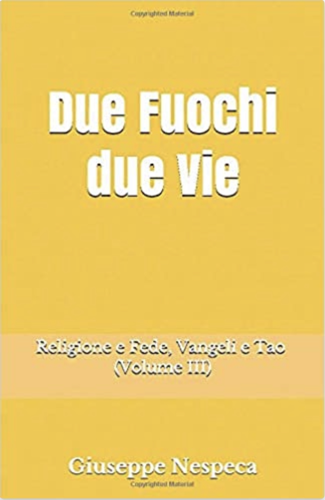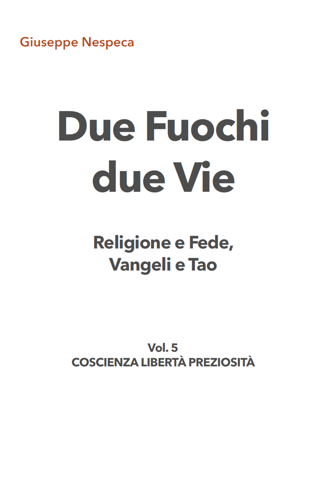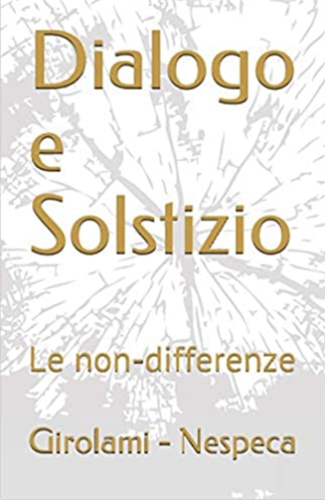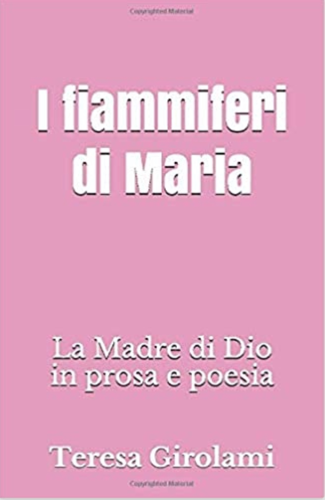Dear Brothers and Sisters,
The Lord's words that we have just heard in the Gospel passage challenge us as theologians or, perhaps better, invite us to make an examination of conscience. What is theology? What is our role as theologians? How can theology be done well? We have heard that our Lord praises the Father because he concealed the great mystery of the Son the Trinitarian mystery, the Christological mystery from the wise and the learned, from those who did not recognize him. Instead he revealed it to children, the nèpioi, to those who are not learned, who are not very cultured. It was to them that this great mystery was revealed.
With these words the Lord describes in simple terms an episode in his life that already began at the time of his birth, when the Magi from the East ask those who are competent the scribes, the exegetes where the birthplace of the Saviour, of the King of Israel, is located. The scribes know because they are great specialists; they can say immediately where the Messiah is born: in Bethlehem! But they do not feel it concerns them. For them it remains academic knowledge that does not affect their lives; they stay away. They can provide information, but they do not assimilate it and it has no part in the formation of their own lives.
Then throughout the Lord's public life we encounter the same thing. It is beyond the learned to comprehend that this man, a Galilean who is not educated, can truly be the Son of God. It is unacceptable to them that God the great, the one, the God of Heaven and earth could be present in this man. They know everything, they know all of the great prophecies; they even know Isaiah 53, but the mystery remains hidden to them. Instead it is revealed to the lowly, starting from Our Lady to the fishermen of the Sea of Galilee. They know, just as the Roman centurion beneath the Cross knew: this is the Son of God.
The basic events of Jesus' life do not only belong to the past but are also present in various ways to all generations. And thus also in our time in the past 200 years we see the same thing. There have been great scholars, great experts, great theologians, teachers of faith who have taught us many things. They have gone into the details of Sacred Scripture, of the history of salvation but have been unable to see the mystery itself, its central nucleus: that Jesus was really the Son of God, that at a given moment in history the Trinitarian God entered our history, as a man like us. The essential has remained hidden! One could easily mention the great names in the history of theology over the past 200 years from whom we have learned much; but the eyes of their hearts were not open to the mystery.
On the other hand, in our time there have also been "little ones" who have understood this mystery. Let us think of St Bernadette Soubirous; of St Thérèse of Lisieux, with her new interpretation of the Bible that is "non-scientific" but goes to the heart of Sacred Scripture; of the saints and blessed of our time: St Josephine Bakhita, Bl. Teresa of Calcutta and St Damien de Veuster. We could list so many!
But from all this the question arises: "Why should this be so?". Is Christianity the religion of the foolish, of people with no culture or who are uneducated? Is faith extinguished where reason is kindled? How can this be explained? Perhaps we should take another look at history. What Jesus said, what can be noted in all the centuries, is true. Nevertheless, there is a "type" of lowly person who is also learned. Our Lady stood beneath the Cross, the humble handmaid of the Lord and the great woman illumined by God. And John was there too, a fisherman from the Sea of Galilee. He is the John whom the Church was rightly to call "the theologian", for he was really able to see the mystery of God and proclaim it: eagled-eyed he entered into the inaccessible light of the divine mystery. So it was too that after his Resurrection, the Lord, on the road to Damascus, touches the heart of Saul, one of those learned people who cannot see. He himself, in his First Letter to Timothy, writes that he was "acting ignorantly" at that time, despite his knowledge. But the Risen One touches him: he is blinded. Yet at the same time, he truly gains sight; he begins to see. The great scholar becomes a "little one" and for this very reason perceives the folly of God as wisdom, a wisdom far greater than all human wisdom.
We could continue to interpret the holy story in this way. Just one more observation. These erudite terms, sofòi and sinetòi, in the First Reading are used in a different way. Here sofia and sìnesis are gifts of the Holy Spirit which descend upon the Messiah, upon Christ. What does this mean? It turns out that there is a dual use of reason and a dual way of being either wise or little. In the whole range of sciences, starting with the natural sciences, where a suitable method for the research of matter is universalized, there is a way of using reason that is autonomous, that places itself above God. God has no part in this method, so God does not exist. And, in the end, this is so in theology too: one fishes in the waters of Sacred Scripture using a net in which only fish of a certain size may be caught. Therefore a fish exceeding this size is too big for the net and hence cannot exist. It is in this way that the great mystery of Jesus, the Son made Man, is reduced to a historical Jesus: a tragic figure; a ghost, not of flesh and blood; a man who stays in the tomb, whose body is corrupt and who is truly dead. The method is able to "catch" certain fish but the great mystery eludes it, because the human being himself established the measure. He takes pride in this which is the same time great foolishness, because it renders absolute certain methods that are unsuitable for treating the great realities. He enters into this academic spirit that we have seen in the scribes, who answered the Magi Kings: it does not concern me. I remain closed into my own life that will not be affected. It is a specialization that sees all the details but can no longer discern the whole.
Then there is the other way of using reason, of being wise that of the man who recognizes who he is; he recognizes the proper measure and greatness of God, opening himself in humility to the newness of God's action. It is in this way, precisely by accepting his own smallness, making himself little as he really is, that he arrives at the truth. Thus reason too can express all its possibilities; it is not extinguished but rather grows and becomes greater. Sofìaand sìnesis in this context do not exclude one from the mystery that is real communion with the Lord, in whom reside wisdom and knowledge and their truth.
Let us now pray that the Lord will give us true humility. May he give us the grace of being little in order to be truly wise; may he illumine us, enable us to see his mystery in the joy of the Holy Spirit. May he help us to be true theologians who can proclaim his mystery because we are touched in the depths of our hearts, of our very existence. Amen.
[Pope Benedict, homily to the members of the International Theological Commission, 1 December 2009]






